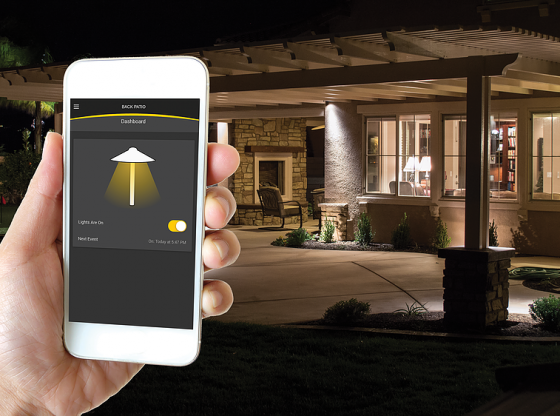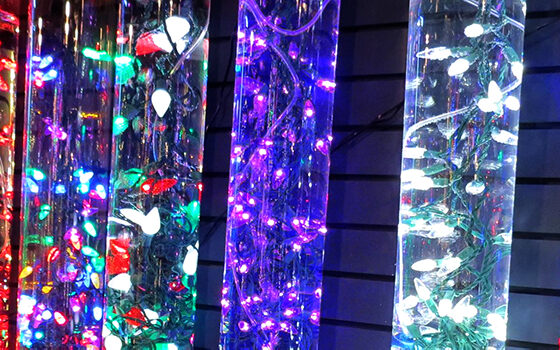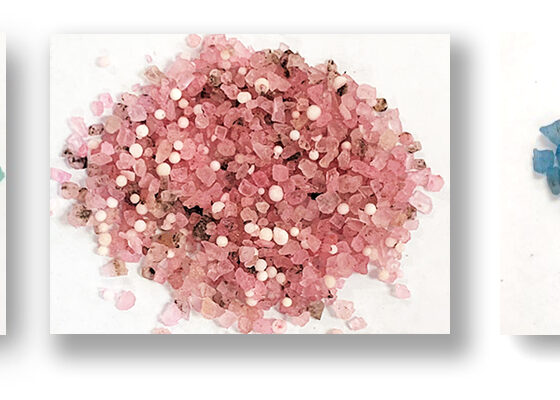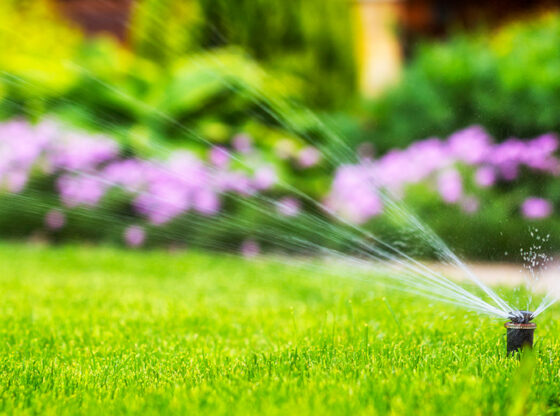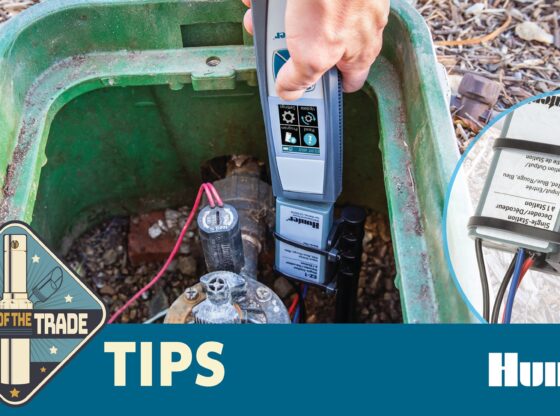What is a Rain Garden? A shallow, constructed depression commonly planted with deep-rooted native plants & grasses. They are located within a landscape to receive runoff from hard surfaces, such as a roof, a sidewalk, or a driveway.
Rain gardens slow down the rush of water from these hard surfaces holding the water for a short period of time which allows it to naturally infiltrate into the ground. Thus reducing the water that a municipal drainage system must handle.
Why Install a Rain Garden?

Rain water run-off from a property is commonly conveyed by a municipal sewer system. Often the same sewer system that carries waste water. All the water is treated at sewage treatment plants before being released into the natural waterways.
During rain storms the municipal systems are overburdened. Sewage treatment plants cannot treat the excess water which many times results in untreated or partially treated sewage water being discharged into our waterways.
Sewage system capacity has been outpaced by population and building growth over the years. Increasing capacity would be extremely costly and interruptive. Cities are trying to find other means to reduce the amount of water and waste their undersized systems must handle. Anyway to reduce rain water run-off in the municipal sewer system is being implemented across the nation.
The purpose of a rain garden is to keep rain water run-off on the property and not transverse into the sewer system.
Benefits of a Rain Garden
A Rain Garden can actually be part of any landscape. Far from being an eye-sore, they can be a beautiful addition. While use of “native” plants are often promoted there is no rule saying other plants cannot be used. Many rain gardens blend into a landscape without anyone knowing they exist.
Here are the common benefits promoters of rain gardens talk about;
- Filter runoff pollution
- Recharge local groundwater
- Conserve water
- Improve water quality
- Protect rivers and streams
- Remove standing water in your yard
- Reduce mosquito breeding
- Increase beneficial insects that eliminate pest insects
- Reduce potential of home flooding
- Create habitat for birds & butterflies
- Survive drought seasons
- Reduce garden maintenance
- Enhance sidewalk appeal
- Increase garden enjoyment
Building a Rain Garden
Find a location
Place a garden at least 10 feet away from structures to prevent flooding. Do not locate the garden over a septic field. Choose a naturally occurring low spot or position the garden where downspouts, sump pump outlets, or natural drainage can be used to direct rainwater. Try to choose a location in the sun either full or partial.
Measure drainage area
If building the rain garden in a low spot there is no need to measure the drainage area.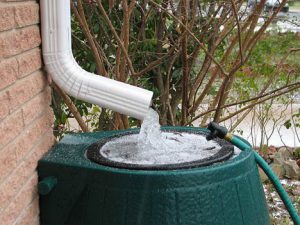 Just ensure the area receives water regularly during a rainstorm.
Just ensure the area receives water regularly during a rainstorm.
If capturing water from a roof or other hard surface you will need to measure the specific drainage area of that surface and multiply by the number associated with the type of soil you have. For sandy soil multiply by 20%, for loam use 30-35% and for clay use 45-60%. These numbers are somewhat inflated but they will ensure the garden holds as much water as possible. To read more about the EZ Flow French Drain for a rain garden click here.
Create a design
Whether the garden is large or small the same basic principles apply. By planning a garden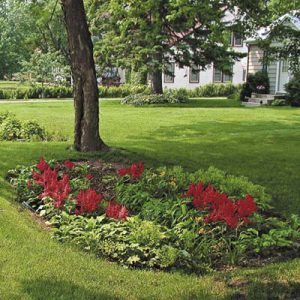 on paper first, you will be able to create the best appearance possible for your rain garden. Lay out the shape and boundary of the garden based on your design.
on paper first, you will be able to create the best appearance possible for your rain garden. Lay out the shape and boundary of the garden based on your design.
Choose your plants
Native plants are suggested for rain garden installations because they are best adapted for our climate. You will want to choose plants (flowers and grasses) that will grow well in both wet and dry areas because the rain garden will temporarily fill with rainwater from time to time.
Create the Garden
Remove the turf grass and dig approximately 4-8 inches deep. Use the soil to build a berm around the garden edges if necessary. Amend the soil with 2″-3″ of compost and mix in well.
Following the design, place your plants in the approximate positions. Step back and look at the garden and the design. Plants should be placed about 1 foot apart from each other. Once you are satisfied you can start planting.
Use coarse, fibrous, shredded woodchips that won’t float or blow away. Apply the mulch about 2-3 inches deep. This will help to keep the moisture in and the weeds out.
Water and arrange downspouts
After planting assure water is applied every other day for 2 weeks if it doesn’t rain until garden looks to be growing on its own. Good water techniques and maintenance is the key to a quality rain garden.
Maintaining a Rain Garden
Rain gardens are not completely maintenance-free. After establishment you may never need to water it or add any type of fertilizer or pesticide. It is important, however, to weed, clean-up and re-mulch the garden in the early Spring and Fall.
First Season Care
The most important work during the first year of the rain garden is watering and weeding. A young garden will need about an inch of water per week until it is established.
Weeding & Mulching
All rain gardens need constant weeding and replenishing of mulch. As the garden matures weeds will be pushed out by the growing plants. The mulch will need to be raked periodically and replenished or freshened every Spring.
Seasonal Clean-Up
In Spring you will need to clean-up the rain garden by removing any dead material and replenishing the mulch. In the fall it is important to remove some of the dead vegetation. You might wish to leave some of the material and seed baring plants for bird habitat in the winter however.



